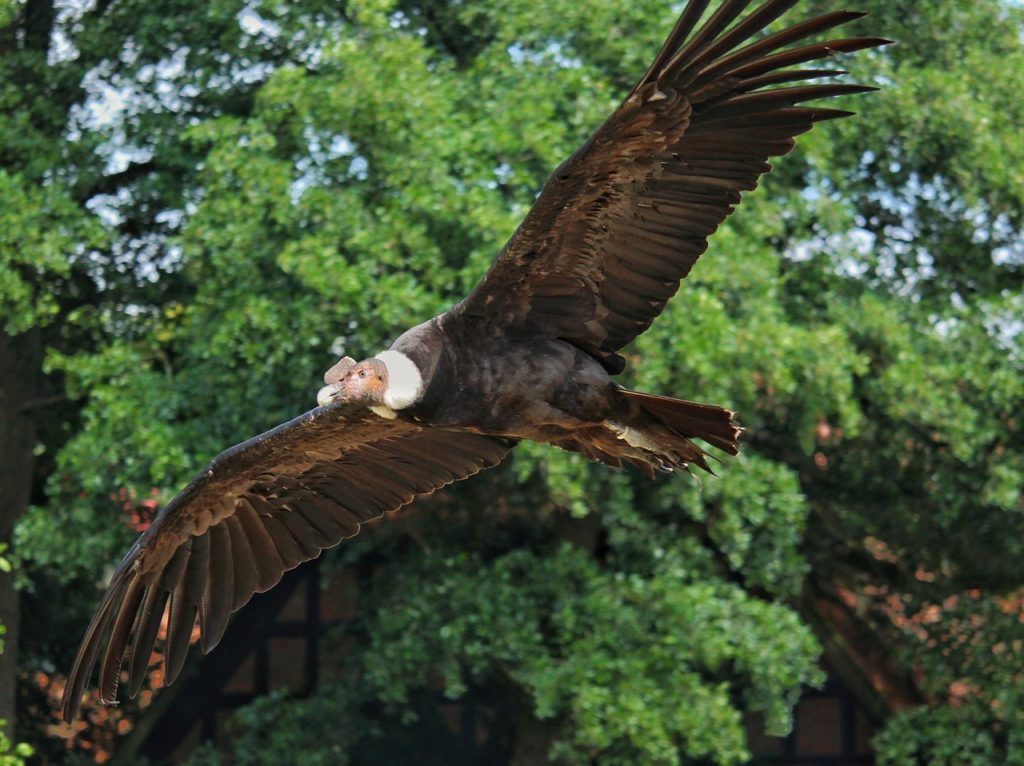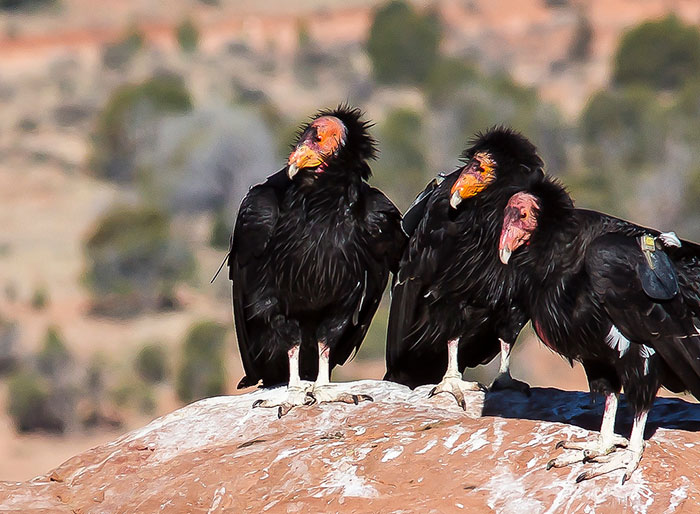

Miller's original description, "ompared with the type conforms in general form and curvature except for its greater size and robustness." The large span in time between the existence of the two species suggests that the Kern vulture might be distinct, but as the fossil is somewhat damaged and rather non-diagnostic, even assignment to this genus is not completely certain. The only material is a broken distal humerus fossil, found at Pozo Creek, Kern County, California. It was a little-known component of the Blancan/ Delmontian faunal stages. The Kern vulture ( Sarcoramphus kernense), lived in southwestern North America during the mid- Pliocene ( Piacenzian), some 3.5–2.5 million years ago). The genus Sarcoramphus, which today contains only the king vulture, had a wider distribution in the past. Like other New World vultures, the king vulture has a diploid chromosome number of 80. The South American Classification Committee has removed the New World vultures from Ciconiiformes and instead placed them in Incertae sedis, but notes that a move to Falconiformes or Cathartiformes is possible. More recent authorities maintain their overall position in the order Falconiformes along with the Old World vultures or place them in their own order, Cathartiformes. Just how different the two are is currently under debate, with some earlier authorities suggesting that the New World vultures are more closely related to storks. Though both are similar in appearance and have similar ecological roles, the New World and Old World vultures evolved from different ancestors in different parts of the world. The exact systematic placement of the king vulture and the remaining six species of New World vultures remains unclear.

It was called cozcacuauhtli in Nahuatl, derived from cozcatl "collar" and cuauhtli "bird of prey".

This bird was also known as the "white crow" by the Spanish in Paraguay. An alternative theory reports that the name is derived from Mayan legends, in which the bird was a king who served as a messenger between humans and the gods. The first is that the name is a reference to its habit of displacing smaller vultures from a carcass and eating its fill while they wait. There are two theories on how the king vulture earned the "king" part of its common name. Some authors have even put these species in a separate subfamily from the other New World vultures, though most authors consider this subdivision unnecessary. The king vulture's closest living relative is the Andean condor, Vultur gryphus. The species name is derived from Latin word papa "bishop", alluding the bird's plumage resembling the clothing of one. The bird was also assigned to the genus Gyparchus by Constantin Wilhelm Lambert Gloger in 1841, but this classification is not used in modern literature since Sarcoramphus has priority as the earlier name. The genus name is often misspelled as Sarcor hamphus, improperly retaining the Greek rough breathing despite agglutination with the previous word-element. The generic name is a Neo-Latin compound formed from the Greek words σάρξ ( sarx, "flesh", the combining form of which is σαρκο-) and ῥάμφος ( rhamphos, "crooked beak of bird of prey"). It was reassigned to the genus Sarcoramphus in 1805 by French zoologist André Marie Constant Duméril. The king vulture was originally described by Carl Linnaeus in 1758 in the tenth edition of his Systema Naturae as Vultur papa, the type specimen originally collected in Suriname. Although currently listed as Least Concern by the IUCN, they are decreasing in number, due primarily to habitat loss.Įtymology, taxonomy and systematics King vultures were popular figures in the Mayan codices as well as in local folklore and medicine. King vultures have been known to live for up to 30 years in captivity. It also displaces smaller New World vulture species from a carcass. This vulture is a scavenger and it often makes the initial cut into a fresh carcass. The king vulture has a very noticeable orange fleshy caruncle on its beak.
CONDOR VS VULTURE SKIN
The head and neck are bald, with the skin color varying, including yellow, orange, blue, purple, and red. Large and predominantly white, the king vulture has gray to black ruff, flight, and tail feathers.

It is the only surviving member of the genus Sarcoramphus, although fossil members are known. This vulture lives predominantly in tropical lowland forests stretching from southern Mexico to northern Argentina. It is a member of the New World vulture family Cathartidae. The king vulture ( Sarcoramphus papa) is a large bird found in Central and South America.


 0 kommentar(er)
0 kommentar(er)
